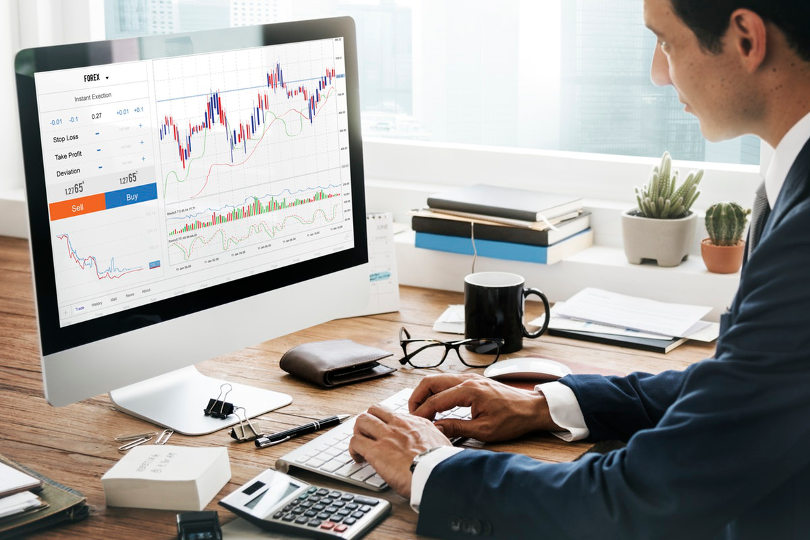Contracts for Difference (CFD) trading and share trading vary primarily in that when you trade a CFD, you speculate on a market’s price without acquiring ownership of the underlying asset, but when you trade shares, you must do so.
The main distinctions between a share and a CFD are ownership and leverage. You become the owner of the shares when you purchase shares. Investing in shares is equivalent to acquiring a modest ownership share in a business you support. You must pay the whole share price when purchasing stock shares.

Contract for Difference is referred to as CFD. Without holding the underlying asset, you can speculate on the price of a security by engaging in online CFD trading. A stock, stock index, currency, commodity, or cryptocurrency might all be the underlying security for a CFD. With CFDs, you may join a trade with a lower initial investment because they trade on leverage.
Trading CFDs involves taking into consideration leverage and margin, fees and charges, instrument categories, going short, and asset ownership, which is one of the primary difference between CFD and share trading. Let me elaborate more.
What are Leverage and Margin?
Leverage and margin go hand in hand when trading CFDs. By using leverage, you may acquire exposure to an underlying asset without having to put down the whole amount of money needed to purchase and hold the real asset; instead, you just have to contribute a portion of the position’s overall worth.
The amount you must initially have available to begin a position, known as margin, fluctuates based on the contract size and the underlying asset you want to trade. Margin is not a cost. Based on the pre-determined leverage for the asset class, the first margin need is expressed as a percentage of the contract value. Risk is increased while trading on margin.
When you trade on the Invest trading platform, you must have the full asset value accessible, and you buy shares without applying leverage to your available funds.
Variety of Assets
You may trade on more than 2500 different assets on the Traders Union CFD platform, including shares, forex, commodities, indices, cryptocurrencies, ETFs, and options. You may do this to diversify your portfolio and get exposure to major exchanges across the world.
The Invest trading platform is a marketplace where you may buy and sell stocks and ETFs (ETFs). You may purchase and hold shares of your favorite businesses or any listed ETF on the platform, as well as benefit from the newest IPOs when firms go public, thanks to your access to over 1200 equities and 90 ETFs.
Asset Ownership
You may acquire exposure to an underlying asset, such as Gold (XAU), Apple (AAPL), or EUR/USD, without really holding it by using a CFD. Due to changes in the underlying asset’s price, you will either gain or lose money. The goal of CFD trading is to bet on changes in an underlying asset’s price. The size of the stake and price changes determine any profit or loss.
In contrast, when you purchase a stock on the Invest trading platform, you become the owner of the physical asset and look for a potential longer-term rise in the asset’s value before selling it.

A Little More About How CFDs Can Differ From Investing
If your position remains open overnight while trading CFDs, you will be charged an overnight fee. While CFD trading is frequently utilized to speculate on near-term events like earnings announcements or the release of U.S. data reports, stock trading is typically favored for constructing portfolios.
In summary, both CFD and share stock trading offer benefits and drawbacks, and both let you profit from price changes that might result in either a gain or a loss. You should be able to choose which Traders Union platform best matches your trading preferences after you have an understanding of your trading goals. Which trading platform—CFD or Invest—does best for you?




